On June 11, the Real Estate Board of New York (REBNY), 32BJ SEIU, and the Realty Advisory Board on Labor Relations, Inc., (RAB) issued comprehensive safety and health guidelines for market-rate residential buildings in NYC, including multifamily rentals, cooperatives and condominiums, as the City enters Phase One and prepares for Phase Two of the New York Forward reopening plan.
According to a press release on the industrywide guidelines, the coalition’s Best Practices for Market-Rate Residential Buildings in Phases One and Two of New York Forward was created to help protect the health and safety of residents, building workers and visitors as New York City begins to restart economic activity.
“The guidelines will arm building owners and property managers with concrete strategies based on the recommendations of governmental and public health authorities, including the Centers for Disease Control and Prevention (CDC), the New York State Department of Health and the New York City Department of Health, and are consistent with requirements set forth in New York’s Interim Guidance for Real Estate Services During the COVID-19 Public Health Emergency.”
According to the coalition’s announcement, some of the key guidelines for maintaining health and safety in NYC’s residential buildings include:
Review all building systems. Certain protections may be applied to existing and new HVAC systems to minimize future spreading of the virus in buildings. Owners and managers should consult evolving guidance from ASHRAE, CDC and other public health and professional organizations to follow recommended practices.
Develop protocols for outside vendors. Ensure that vendors performing building maintenance or construction work comply with State and City guidelines including wearing face coverings and limiting occupancy in enclosed spaces.
Protect building workers. Owners and property managers will need to ensure that building service workers have appropriate PPE and training on new procedures and are staffed at sufficient levels.
Adapt amenity spaces to adhere to public health guidelines. When allowed to reopen, building owners and property managers should ensure amenity spaces are appropriately supervised, that proper social distance is maintained, and all guidelines are communicated to residents and staff.
Conduct daily health screenings. Owners and property managers will need to be prepared to conduct health screenings of their employees and visitors to the building.
Revise building entrance and exit protocols to ensure social distancing. This includes facilitating contactless entry and exit of buildings and installing social-distancing floor markers in building lobbies.
Post signage detailing new protocols. Building owners and managers should post signs describing new protocols, physical designations and health guidelines for tenants throughout the building.
Promote good hygiene. Residential buildings should ensure hand cleaning stations are readily available throughout building common spaces, including entrances and exits; security and concierge desks; elevators and lobbies, and that they include either soap, water, paper towels and touchless trash, or hand sanitizer with at least 60% alcohol.
Establish protocols for leasing and viewings. Safety measures while renting or selling units should include staggered appointments, showings only for unoccupied or vacant units and utilization of social distancing and face coverings. Lease signings and closings should be conducted electronically as much as possible.
REBNY President James Whelan, who serves on both Governor Cuomo’s New York Forward Reopening Advisory Board and Mayor de Blasio’s Reopening Advisory Council for the Construction and Real Estate Sector said in the statement that “As New York City enters Phase One of New York Forward this week, and countless New Yorkers prepare to leave their homes and go back to work, we want to provide guidance to ensure City residents and workers remain safe,” said. “Our essential building workers and managers have done an incredible job of keeping residents safe and these guidelines will help ensure that work is recognized and continued as we begin to revitalize the City.”
“These guidelines were carefully designed to protect the health of building service workers and residents with stringent cleaning, maintenance, security and social distance protocols,” said Kyle Bragg, President of 32BJ SEIU. “Doorpersons, supers, porters, handypersons and all building service workers have been vital to allowing NYC residents to shelter in place, saving thousands of lives in the process. By supporting essential building service workers, we protect everyone in our community.”
“Throughout this pandemic, building service workers have gone above and beyond to provide the essential services New York residents rely on,” said RAB President Howard Rothschild. “Now, with reopening underway, these guidelines will ensure that workers and residents continue to remain safe and best practices are followed for the benefit of all across the city."
You can download the coalition’s complete Best Practices for Market-Rate Residential Buildings in Phases One and Two of New York Forward here. You can also download the New York’s Interim Guidance for Real Estate Services During the COVID-19 Public Health Emergency here.
New York City began Phase One of the New York Forward Plan June 8, which includes the resumption of nonessential construction and manufacturing, in addition to certain nonessential retail businesses. Under the New York Forward Plan, a region must operate for two weeks in any given phase before proceeding to the next phase. Real estate services are included in Phase Two of the New York Forward Plan. For more information about reentering residential buildings, or for additional REBNY guidelines for brokers and agents, visit go.rebny.com/CoronavirusResources.



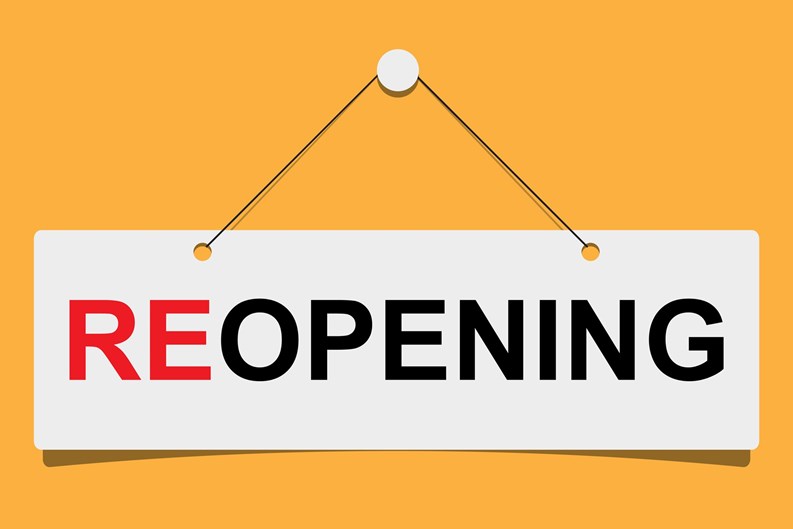
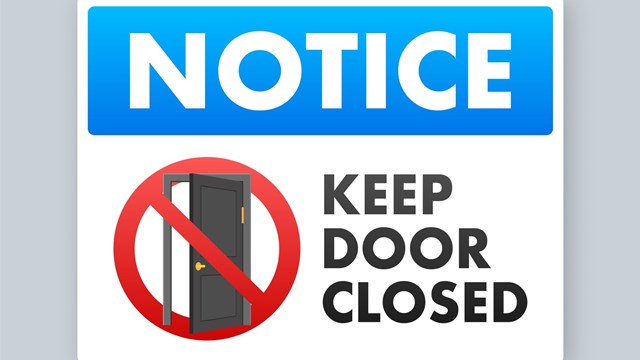
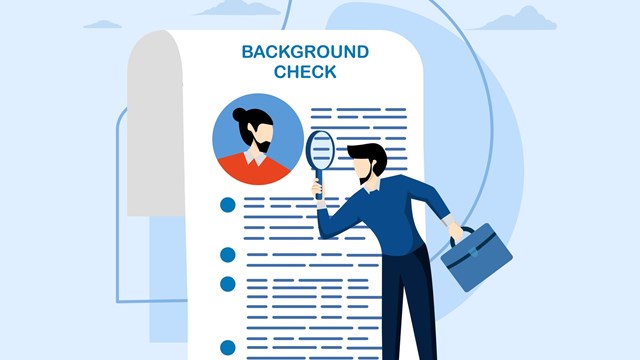
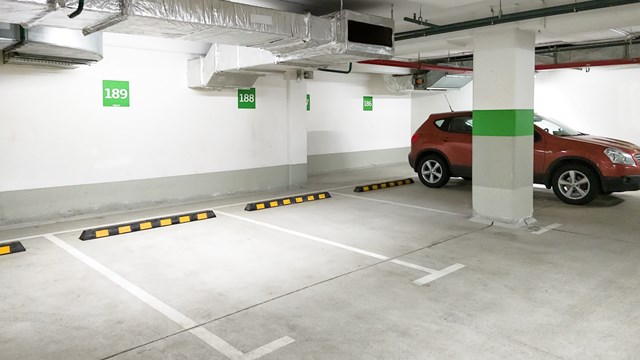

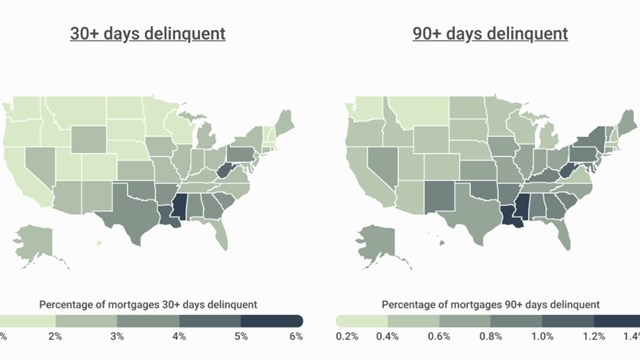
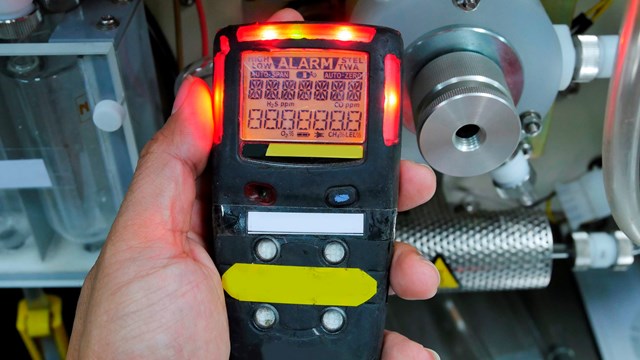
Leave a Comment